http://www.vam.ac.uk/content/articles/d/diaghilev-and-the-ballets-russes/
Diaghilev and the Ballets Russes
Serge Pavlovich Diaghilev (1872-1929), Серге́й Па́влович Дя́гилев, Serge de Diaghileff, Sergey Dyaguileff, dictator, devil, charlatan, sorcerer, charmer - all names of a single man whose unique character and driving ambition caused a ferment in European culture.
Diaghilev's greatest achievement was his dance company - the Ballets Russes. Created a century ago, the productions of the Ballets Russes revolutionised early 20th-century arts and continue to influence cultural activity today.
As an individual, Diaghilev remains elusive. He lived through the cataclysms of the First World War and the Russian Revolutions, yet seemed strangely unaffected by them. He embraced the modern and exploited the avant-garde, but was in many ways deeply conservative. He lived mostly in hotel rooms, but turned his company into an extended family.
He left few personal possessions, but offers all of us an astonishing legacy of music, dance and art.
The first seasons 1909-14
On 19 May 1909, after weeks of publicity, Diaghilev launched his first season of Russian ballet in Paris. Audiences were dazzled by the dancing and striking designs. Over the next few seasons a self-consciously Russian element dominated the productions. Innovative music magnified their impact, in particular that of Igor Stravinsky. The company's principal choreographer was the Russian dancer Mikhail Fokine.
Visually, the first Ballets Russes seasons were marked by the exotic designs of the Russian-born artist Léon Bakst. His bejewelled colours, swirling Art Nouveau elements and sense of the erotic re-envisioned dance productions as total works of art.
Following his critical triumph in 1909, and despite a financial loss of 76,000 francs (over £350,000 today), Diaghilev was in demand across Europe. So in 1911 he established the Ballets Russes as a year-round touring operation rather than a seasonal enterprise.
Nijinsky: a force of nature
The virtuosity and charisma of Vaslav Nijinsky (1889-1950) were such that no one who saw him perform, it was claimed, ever forgot him. He transformed himself for each role he danced.
Trained in the Russian Imperial Ballet, he was an instant success on the Parisian stage from the Ballets Russes' first season in 1909. Audiences had not seen an equivalent male dancer for more than two decades.
As a choreographer, he created unusually varied productions, whose style of movement differed radically from one another and from the academic ballet audiences were used to seeing.
Nijinsky became Diaghilev's lover in late 1908. It was an intense relationship in which Diaghilev was often seen to dominate, and abruptly halted when Nijinsky married and Diaghilev dismissed him from the company in 1913.
He returned briefly for two seasons during the First World War, but later suffered from schizophrenia, which eventually ended his career.
Creating ballet
Ballet uses the human body to express story and emotion. Given this basic character, ballet tends to explore strong simple stories which may also provide opportunities for dancers to display their virtuosity.
While the dances performed by the Ballets Russes appeared revolutionary, they drew on existing traditions of ballet production. As the driving force of the company, Diaghilev gathered a wide range of composers, choreographers, designers and performers, but maintained ultimate control over every aspect of the productions. His greatest achievement was to ensure the close integration of story, music, choreography and design, creating spectacles where the overall impact surpassed the parts.
From the start, Diaghilev's ambition was to generate
entirely new ballets rather than repeat others' successes. Typically, each Ballets Russes season might include two or three new productions and their creation, often protracted, took up a large proportion of his time and energy.
entirely new ballets rather than repeat others' successes. Typically, each Ballets Russes season might include two or three new productions and their creation, often protracted, took up a large proportion of his time and energy.
The war years
The First World War (1914-18) nearly destroyed the Ballets Russes. During the years of devastating warfare, Diaghilev was isolated from his main European venues. In 1914 Diaghilev and Stravinsky were successful citizens of imperial Russia. By 1918 they were stateless exiles from a Bolshevik Russia wracked by civil war.
When war broke out, the Ballets Russes had completed five successful years and were just dispersing for their summer vacation. The company did not reform until May 1915, when Diaghilev rebuilt it for the first North American tour.
The productions of 1915-19 were both the most conservative and most experimental. The Ballets Russes toured popular works to new audiences in North and South America. Yet there were long periods in Europe without performing, in which the company could workshop original ideas.
Léonide Massine emerged as a talented new choreographer, drawing on influences from the countries of his travels, notably Italy and Spain.
Ballets Russes in the 1920s
The First World War saw the collapse of the Russian, German, Austro-Hungarian and Ottoman empires. After a brutal civil war, Russia came under Communist control and Diaghilev never returned. The belle époque that had seen the birth of the Ballets Russes had been shattered forever.
Diaghilev's great themes - Russia, the classical world and the Orient - were now treated in the context of modernity. Other ballets reflected topical interests such as beach culture, films and sport.
By 1920 the Ballets Russes had a considerable repertoire to which new ballets were added each year. French avant-garde artists such as Matisse, Derain and Braque designed productions, while the choreographers Massine, Nijinska and Balanchine approached movement in innovative ways.
Diaghilev and his company had to adjust to very different economic circumstances. Monte Carlo now provided a winter base in which to create new works, while long seasons in London provided some financial
stability.
stability.
Legacy
The designs and colours used in Ballets Russes productions forged a new aesthetic in the 20th century. Knowledge of the company's revolutionary ballets filtered through to theatre, fashion and daily life, including interior design. Diaghilev's presentation of his homeland in particular created a notable strand of Russian style.
Perhaps the most evident legacy is the music Diaghilev commissioned. Ballet scores by Stravinsky, de Falla and others continue to be performed in concert halls around the world.
The repertoire of the Ballets Russes remains an invaluable resource for choreographers today. Over 200 different versions of The Rite of Spring have been choreographed since Diaghilev commissioned it. Diaghilev's achievements continue to inspire the worlds of art, theatre, music and dance.
This content was originally written in association with the exhibition 'Diaghilev and the Golden Age of the Ballets Russes, 1909-1929', on display at the V&A South Kensington from 25 September 2010 – 9 January 2011
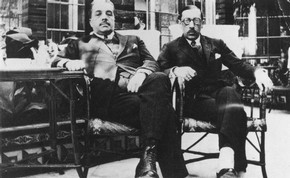




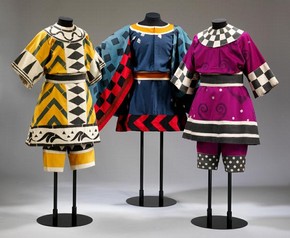




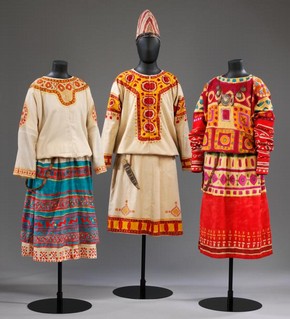




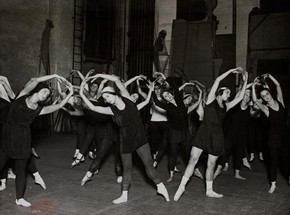




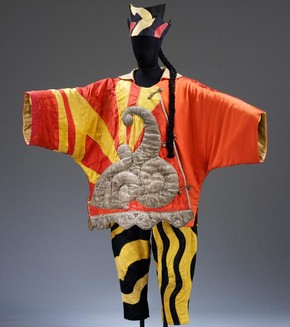




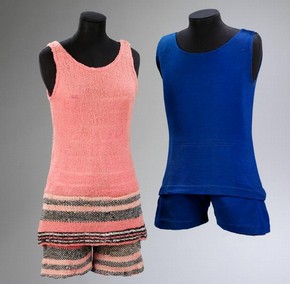








沒有留言:
張貼留言